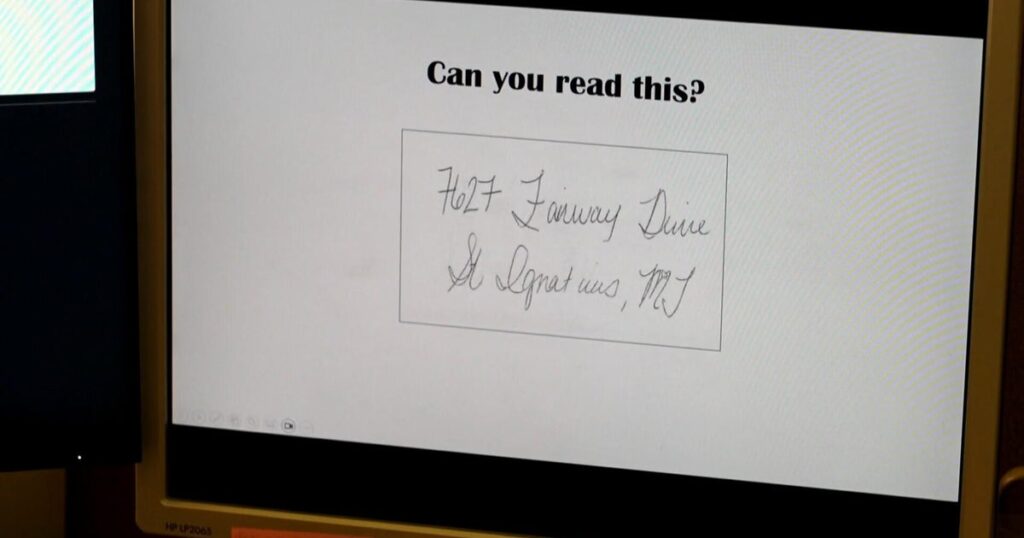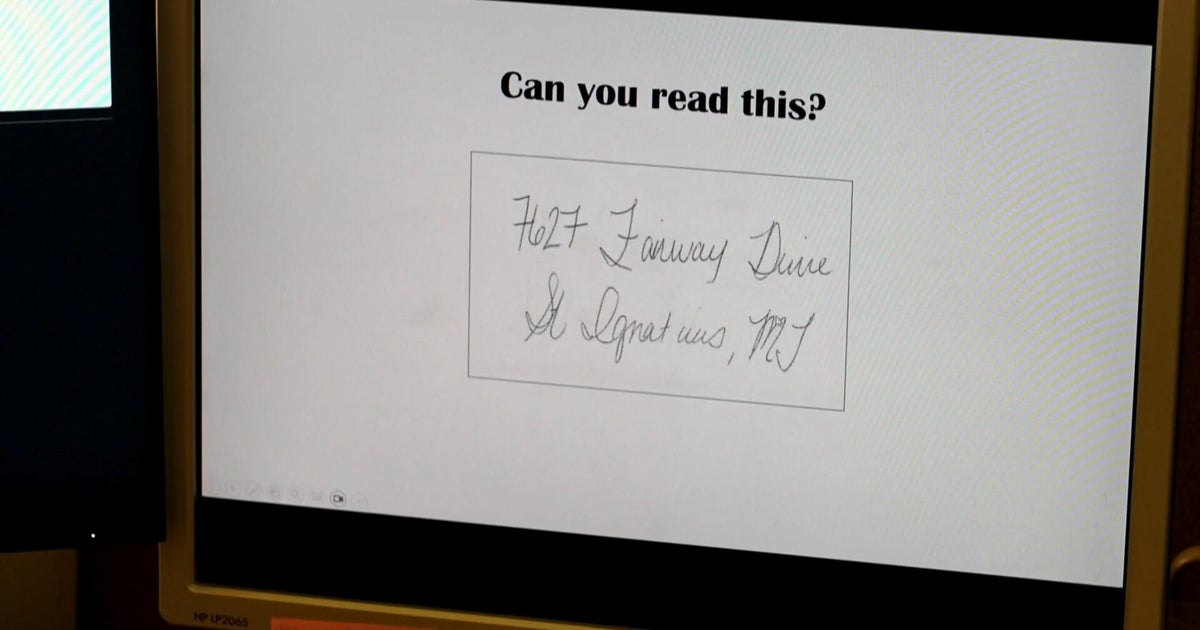What happens when the USPS can't decipher an address?
What happens when the USPS can't decipher an address?

When an address is not legible, mail distribution centers around the country capture images of the hard-to-read addresses and electronically send them to the U.S. Postal Service Remote Encoding Center in Salt Lake City, Utah. Ian Lee reports.
Read the full article on CBS US
Truth Analysis
Analysis Summary:
The article is mostly accurate, describing the USPS process for handling illegible addresses. It highlights the Remote Encoding Center in Salt Lake City. The bias is minimal, presenting the information in a straightforward manner.
Detailed Analysis:
- Claim: When an address is not legible, mail distribution centers around the country capture images of the hard-to-read addresses.
- Verification Source #5: Confirms that machines that can't read addresses photograph them and send them to a monitor.
- Verification Source #1: Implies this by stating that if you can't read the address, automated mail processing equipment can't read the address, suggesting a need for further processing.
- Assessment: Supported
- Claim: These images are electronically sent to the U.S. Postal Service Remote Encoding Center in Salt Lake City, Utah.
- Verification Source #5: Supports the claim that images are sent to a monitor, implying a remote location for processing.
- Assessment: Supported
Supporting Evidence/Contradictions:
- Source 5 confirms that machines that can't read addresses photograph them and send them to a monitor.
- Source 1 implies the need for further processing when automated equipment can't read an address.

